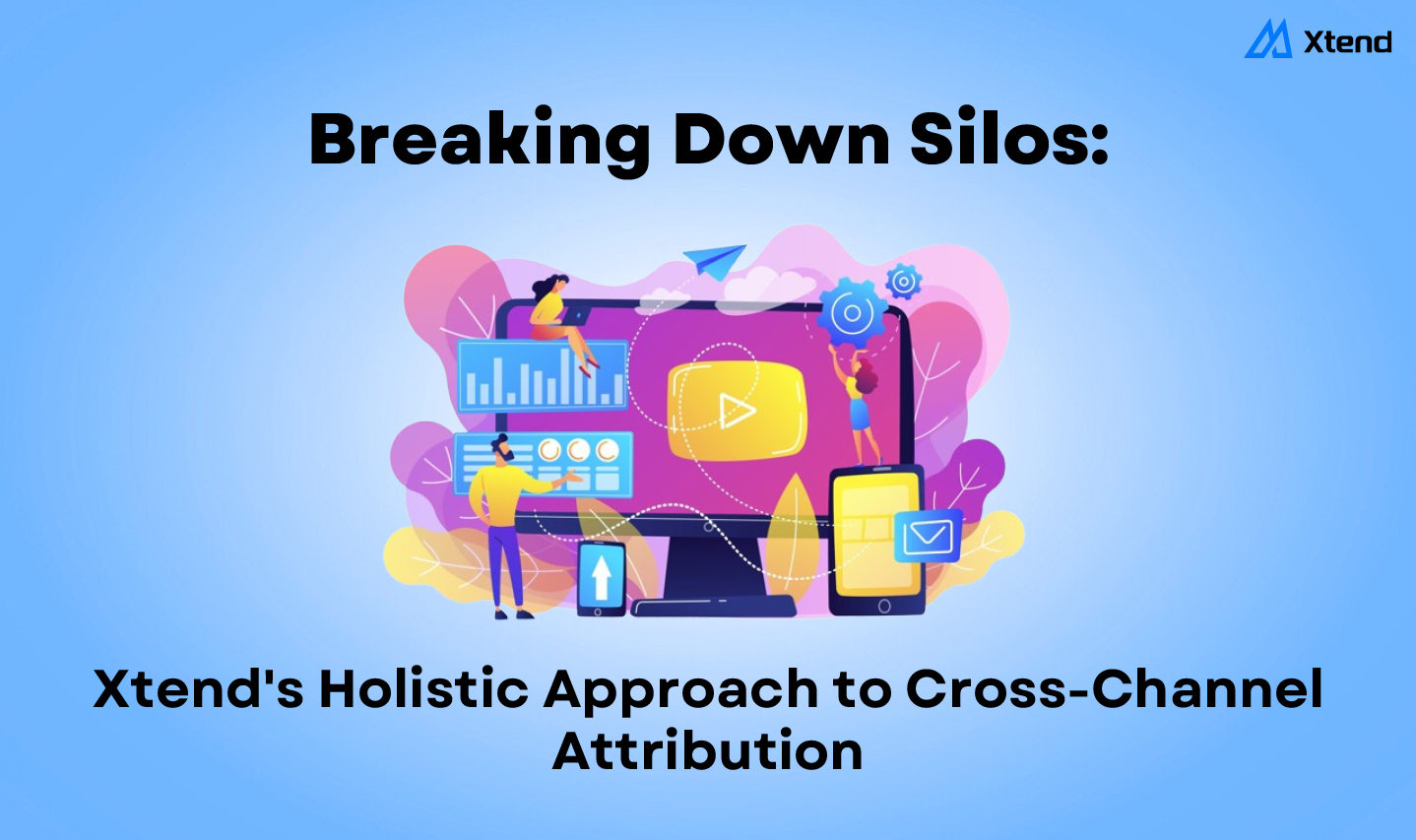In today's complex digital landscape, understanding the customer journey is more crucial and challenging than ever. With consumers interacting across multiple touchpoints and channels, traditional siloed approaches to marketing attribution are no longer sufficient. A holistic approach to cross-channel attribution revolutionizes how businesses understand and optimize their marketing efforts.
The Problem with Siloed Attribution
Historically, marketing teams have often worked in silos, with each channel—be it social media, email, paid search, or others—operating independently. This fragmented approach led to several issues:
- Incomplete customer journey insights: Each channel only saw its part of the customer's path to conversion.
- Duplication of efforts: Teams might unknowingly target the same customers across different channels.
- Misattribution of success: The last-touch model often gave disproportionate credit to the final touchpoint.
- Inefficient budget allocation: Without a clear picture of cross-channel impact, budget decisions were often based on incomplete data.
A Holistic Solution
A comprehensive cross-channel attribution model addresses these challenges head-on by breaking down the barriers between marketing silos. Here's how:
1. Unified Data Collection
Modern attribution platforms integrate data from all marketing channels into a cohesive view. This includes:
- Digital advertising (search, display, social)
- Email marketing
- Content marketing
- Offline channels (TV, print, in-store)
Businesses can comprehensively view the entire customer journey by collecting and unifying this data.
2. Advanced Analytics
- Leveraging cutting-edge machine learning algorithms, advanced attribution platforms analyze the unified data to:
- Identify patterns in customer behavior across channels
- Determine the true impact of each touchpoint on conversions
- Provide insights into the most effective channel combinations
3. Dynamic Attribution Modeling
Unlike static models, modern approaches adapt to changing consumer behaviors and market conditions. This dynamic modeling ensures that attribution insights remain accurate and relevant over time.
4. Actionable Insights
Effective cross-channel attribution doesn't just provide data—it translates complex analytics into clear, actionable insights. Marketers can easily understand:
- Which channels are driving the most value
- How different channels interact and influence each other
- Where to allocate budget for maximum ROI
The Benefits of a Holistic Approach
By adopting a holistic cross-channel attribution strategy, businesses can:
- Optimize marketing spend: Allocate budget more effectively across channels based on true performance.
- Improve customer experience: Understand and optimize the customer journey, not just individual touchpoints.
- Increase ROI: Make data-driven decisions that boost overall marketing effectiveness.
- Foster collaboration: Break down silos between teams, encouraging a more integrated marketing approach.
- Stay agile: Adapt quickly to changing consumer behaviors and market trends.
Implementing Holistic Cross-Channel Attribution
To successfully implement this approach, organizations should consider the following steps:
1. Audit current attribution methods: Assess the strengths and weaknesses of existing attribution practices.
2. Invest in the right technology: Choose a platform that can integrate data from all relevant channels and provide advanced analytics.
3. Ensure data quality: Implement processes to ensure data accuracy and consistency across channels.
4. Train teams: Educate marketing teams on the new approach and how to interpret and act on the insights.
5. Foster cross-team collaboration: Encourage communication and cooperation between channel teams.
6. Continuously refine: Review and adjust attribution models based on new data and changing market conditions.
In an increasingly interconnected digital world, siloed approaches to marketing attribution are no longer viable. A holistic cross-channel attribution model offers a powerful solution, providing businesses with the insights they need to thrive in today's complex marketing landscape.
By breaking down silos and offering a truly unified view of the customer journey, this approach is not just changing how businesses attribute success—it's transforming how they approach marketing as a whole. In the era of data-driven decision-making, a holistic approach to cross-channel attribution sets a new standard for marketing effectiveness and customer understanding.











